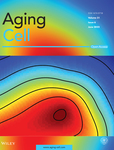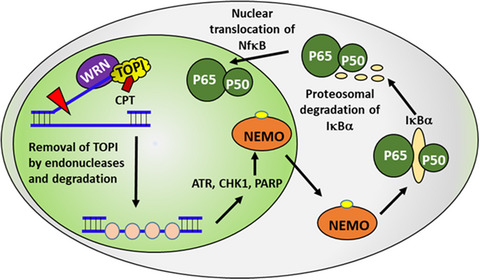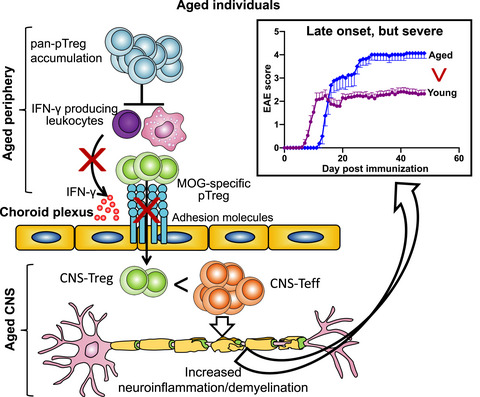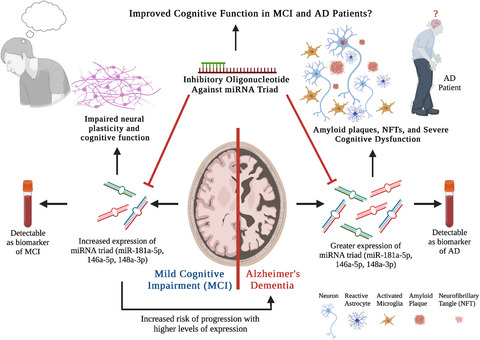Journal list menu
Export Citations
Download PDFs
ISSUE INFORMATION
REVIEW ARTICLE
Protein restriction and branched-chain amino acid restriction promote geroprotective shifts in metabolism
- First Published: 08 May 2022
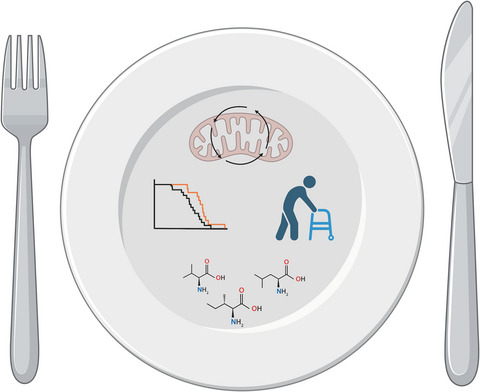
Creative solutions are needed to combat increasing rates of metabolic disease and promote healthy aging. This review summarizes the latest research on protein and branched-chain amino acid restriction as interventions to alter metabolism to extend lifespan and reduce frailty in model organisms and humans. The authors discuss the potential mechanisms underpinning these dietary interventions and postulate future directions of the field, which may include personalized nutrition therapy.
RESEARCH ARTICLES
Reducing ER stress with chaperone therapy reverses sleep fragmentation and cognitive decline in aged mice
- First Published: 30 April 2022
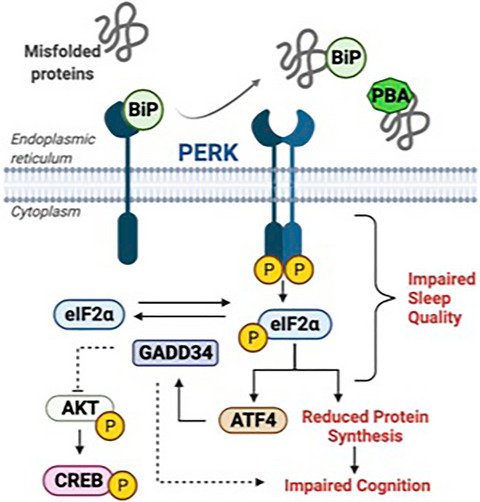
With age, there is a decline in sleep quality and cognitive ability that is associated with increased ER stress, which results in PERK activation and attenuated protein translation. Systemic administration of small molecule chaperone, PBA, improves sleep and cognition in aged mice by reducing PERK activation and GADD34, that is correlated with increased levels of p-CREB. Local hippocampal overexpression of endogenous chaperone, BiP, is sufficient to reduce PERK activation, restore CREB activity and improve cognition.
Integrative analysis of clinical and epigenetic biomarkers of mortality
- First Published: 12 May 2022
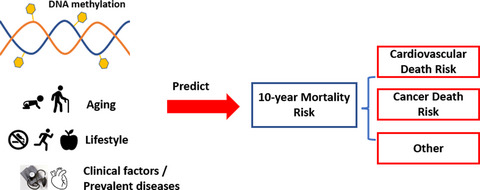
DNA methylation (DNAm) is an important epigenetic regulatory mechanism and is associated with many diseases and with human aging. Our study demonstrated that inter-individual variation in DNAm is associated with all-cause mortality risk and with cause-specific mortality. We built a prediction model by integrating DNAm with clinical risk factors and we show that doing so can improve mortality prediction.
Chaperone-mediated autophagy degrades Keap1 and promotes Nrf2-mediated antioxidative response
- First Published: 10 May 2022
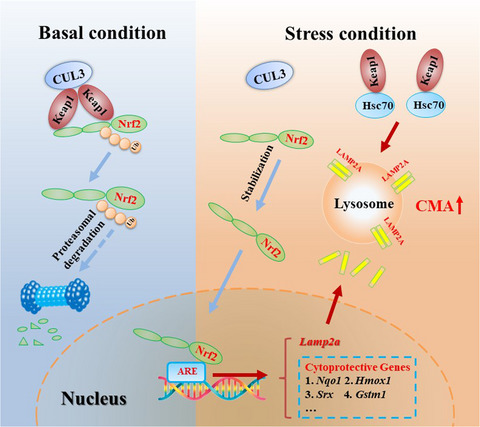
Our findings show that CMA is activated under oxidative condition, resulting in the degradation of Keap1 and activation of Nrf2. This protects cells against oxidative stress. Moreover, Nrf2 increases the transcription of LAMP2A gene, which in turn further activates CMA. We provide a novel mechanism by which CMA-Nrf2 forms a positive feedback loop to augment antioxidative response and protect cells from oxidative stress.
Alzheimer’s disease associated AKAP9 I2558M mutation alters posttranslational modification and interactome of tau and cellular functions in CRISPR-edited human neuronal cells
- First Published: 14 May 2022
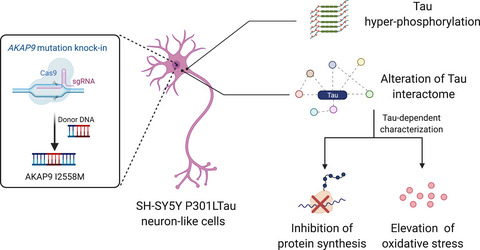
Alzheimer's disease (AD) is the most common form of dementia with a high genetic influence. A previous study identified a rare variant (rs144662445) in AKAP9 (a kinase anchor protein 9) conferred a high risk for AD in African American population, suggesting a pathogenic role of AKAP9 mutation. By using CRISPR-edited human neuronal cells, this study revealed specific effects of rs14462445 on mis-processing of tau and recapitulation of phenotypes observed in AD, including dysregulation of protein synthesis and excessive oxidative stress.
Total and regional body adiposity increases during menopause—evidence from a follow-up study
- First Published: 04 May 2022
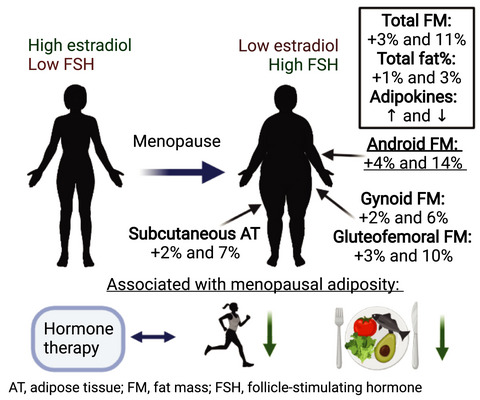
Menopause is associated with increases in total and regional body adiposity, with a pronounced increase in the android area. Adipose tissue-derived adipokines, adiponectin, leptin and resistin, were uniquely associated with menopausal transition. Lifestyle habits, such as higher diet quality and physical activity level, but not external hormone use, were associated with lower adiposity in several body regions.
Defective mitophagy in aged macrophages promotes mitochondrial DNA cytosolic leakage to activate STING signaling during liver sterile inflammation
- First Published: 22 May 2022

Metabolic, oxidative stress and drug toxicity induced stress causes macrophage mitochondrial damage to promote cytosolic mtDNA release and STING activation. Mitophagy serves as an important negative feedback regulatory mechanism to mediate STING activation by degrading damaged mitochondia. Aging impairs mitophagy activation by inhibiting PINK1-mediated mitochondrial ubiquitination and lysosome biogenesis and function.
Central tolerance is impaired in the middle-aged thymic environment
- First Published: 13 May 2022

Age-associated thymus involution impairs the capacity of the middle-aged thymus to support central tolerance to self-antigens with moderate TCR avidities, although tolerance to high avidity self-antigens remains intact. The decline in both negative selection and generation of regulatory T cells by middle-age is associated with reduced numbers and proportions of AIRE+ mTECs and MHCIIhi cDC1s.
Non-enzymatic function of WRN RECQL helicase regulates removal of topoisomerase-I-DNA covalent complexes and triggers NF-κB signaling in cancer
- First Published: 18 May 2022
Age-related memory vulnerability to interfering stimuli is caused by gradual loss of MAPK-dependent protection in Drosophila
- First Published: 15 May 2022
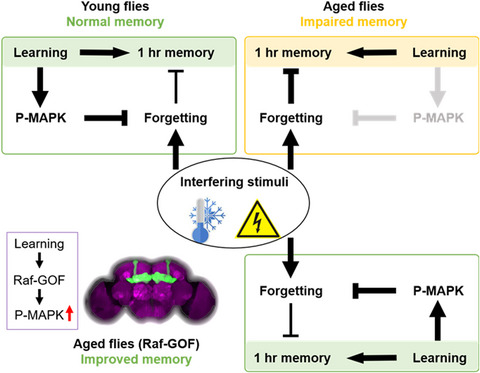
Learning-activated MAPK signals are reported to protect labile memory in Drosophila. Such protective signals are gradually lost with age, making labile memory more vulnerable to interfering stimuli, which can lead to age-related memory impairment (AMI). Acutely restoring learning-activated MAPK signals in mushroom body neurons in aged flies significantly suppresses AMI even with interfering stimuli.
Intermittent methionine restriction reduces IGF-1 levels and produces similar healthspan benefits to continuous methionine restriction
- First Published: 15 May 2022
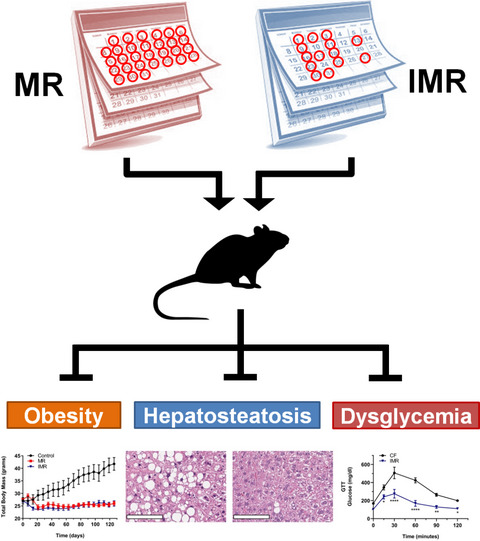
Continuous methionine restriction (MR) extends the healthspan of a number of model organisms, including rodents. Here, we show that 3 days of stringent MR per week (aka, intermittent MR; IMR) are sufficient to protect mice against diet-induced obesity, hepatosteatosis, and glucose intolerance, as well as confer additional metabolic health benefits. As a result, IMR may be a preferable alternative to continuous MR.
TNF-α/IFN-γ synergy amplifies senescence-associated inflammation and SARS-CoV-2 receptor expression via hyper-activated JAK/STAT1
- First Published: 30 May 2022

TNF-α and IFN-γ synergistically enhanced expression of SARS-CoV-2 viral entry receptors, amplified senescence-associated inflammation, and initiated a positive feedback loop via hyper-activation of the JAK/STAT1 pathway in endothelial cells. Inhibition of JAK/STAT with ruxolitinib or antiviral remdesivir normalised ACE2/DDP4 expression and controlled hyper-inflammation. Therapies with JAK inhibitors or drugs targeting JAK/STAT signaling could alleviate complications of cytokine storm in severe COVID-19 infection.
Accumulation of pTreg cells is detrimental in late-onset (aged) mouse model of multiple sclerosis
- First Published: 26 May 2022
COMMENTARY
Can mild cognitive impairment and Alzheimer’s disease be diagnosed by monitoring a miRNA triad in the blood?
- First Published: 10 May 2022




